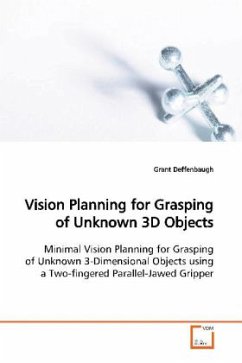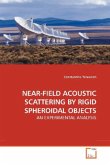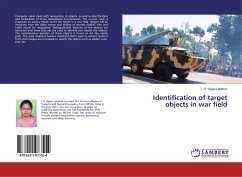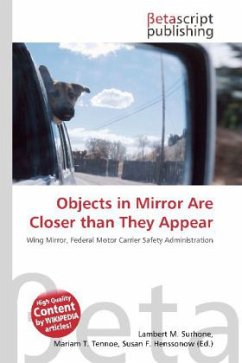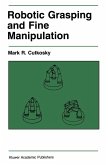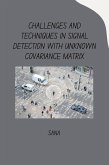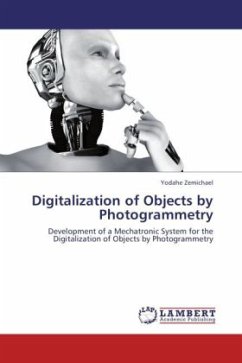Vision planners used for grasping attempt to either
recognize or reconstruct the object to be grasped.
Recognition systems, while needing only a few images,
have difficulty with unknown objects, and
reconstruction systems, while being able to grasp
unknown objects, require several images to construct
a CAD level model of the object. By incorporating the
grasp planner with the view planner, a system is
developed that can grasp unknown three-dimensional
objects while generally requiring only a few images.
A system using off-the-shelf components without
relying upon structured light, lasers, or a stereo
camera system is proposed. As the surface of the
object is being modeled, a grasp plan is formulated
for an antipodal grasp. The position for the next
best view is determined by the view location that
will most likely acquire the missing information
required to a stable grasp.
The minimal view criteria for grasping an object are
given and it is shown that any shape can be held by a
compliant two-fingered parallel-jawed gripper. Using
the view criteria and view planning system it is
possible to predict the number of required views
necessary to plan a stable grasp of a given object.
recognize or reconstruct the object to be grasped.
Recognition systems, while needing only a few images,
have difficulty with unknown objects, and
reconstruction systems, while being able to grasp
unknown objects, require several images to construct
a CAD level model of the object. By incorporating the
grasp planner with the view planner, a system is
developed that can grasp unknown three-dimensional
objects while generally requiring only a few images.
A system using off-the-shelf components without
relying upon structured light, lasers, or a stereo
camera system is proposed. As the surface of the
object is being modeled, a grasp plan is formulated
for an antipodal grasp. The position for the next
best view is determined by the view location that
will most likely acquire the missing information
required to a stable grasp.
The minimal view criteria for grasping an object are
given and it is shown that any shape can be held by a
compliant two-fingered parallel-jawed gripper. Using
the view criteria and view planning system it is
possible to predict the number of required views
necessary to plan a stable grasp of a given object.

